CDs produced for £3.5m ancient music research project
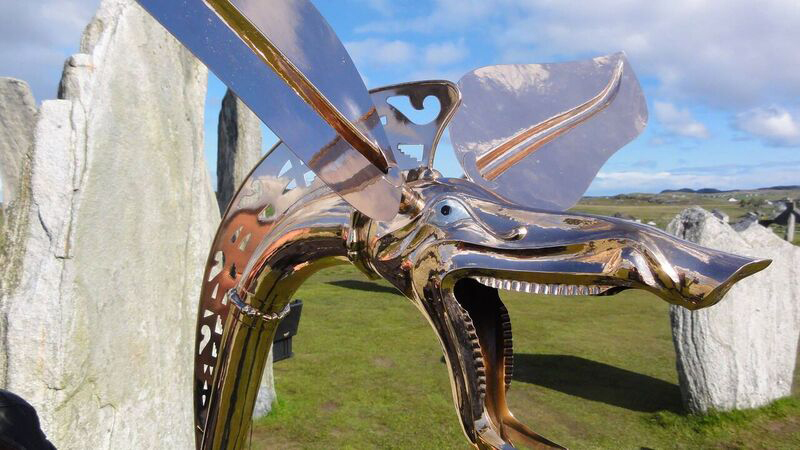
Thu, 28 Jul 2016 16:28:00 BST
The CDs are a co-production between the University, European Music Archaeology Project and Delphian Records
 NEW recordings co-produced by the University of Huddersfield’s Dr Rupert Till mean that people can listen again to the music of distant cultures – including Palaeolithic cave dwellers, Pictish warriors, Scots clans, citizens of ancient Rome and Viking warriors. Instruments featured include painstaking recreations of prehistoric bone flutes, Roman reed pipes, Celtic war horns and ancient bagpipes.
NEW recordings co-produced by the University of Huddersfield’s Dr Rupert Till mean that people can listen again to the music of distant cultures – including Palaeolithic cave dwellers, Pictish warriors, Scots clans, citizens of ancient Rome and Viking warriors. Instruments featured include painstaking recreations of prehistoric bone flutes, Roman reed pipes, Celtic war horns and ancient bagpipes.
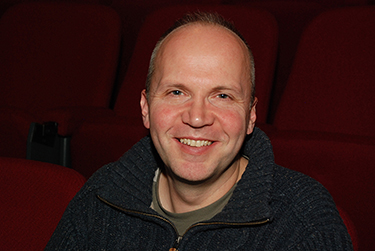 Dr Till (pictured) – Reader in Music at the University – is a core member of the European Music Archaeology Project (EMAP). Its mission is to take “the first organic journey from the sounds of prehistory through to traditions which still survive today”.
Dr Till (pictured) – Reader in Music at the University – is a core member of the European Music Archaeology Project (EMAP). Its mission is to take “the first organic journey from the sounds of prehistory through to traditions which still survive today”.
EMAP has now launched an exhibition that will travel to various European venues. It debuted in the Swedish town of Ystad, where it remains until January. Dr Till contributed to the exhibition, but his main EMAP role is to co-produce a sequence of five recordings – most of them made at the University of Huddersfield.
The CDs are a co-production between the University, EMAP and Delphian Records, who have been voted Label of the Year by Gramophone magazine. Discs will be distributed online and worldwide by Naxos.
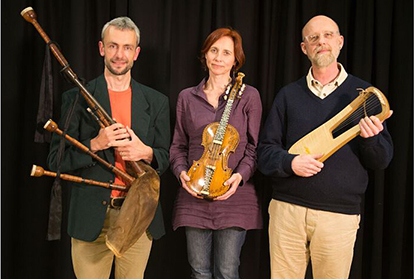 Already out is Spellweaving, featuring the earliest-known Scottish bagpipe music. The recording, which also features flutes, harps and fiddle, has earned enthusiastic reviews for its “beguiling performances”, as they were described by the Sunday Times.
Already out is Spellweaving, featuring the earliest-known Scottish bagpipe music. The recording, which also features flutes, harps and fiddle, has earned enthusiastic reviews for its “beguiling performances”, as they were described by the Sunday Times.
The Spellweaving trio (pictured left) of Barnaby Brown (pipes and vocals), Clare Salaman (fiddles and hurdy-gurdy) and Bill Taylor (lyres and harp) have performed at the University of Huddersfield, as did John Kenny, who is the leading exponent of the very earliest brass instruments, several of which have been recreated from specimens discovered by archaeologists. They include the carnyx, a large trumpet-like instrument topped by an elaborately fashioned wild boar’s head that was played across Northern Europe 2,000 years ago.
Dr Till produced John Kenny’s CD in the EMAP series. Titled Dragon Voices, it includes a considerable amount of multi-tracking and was made at the University of Huddersfield, with Dr Till at the studio controls. It is due for release later in the year.
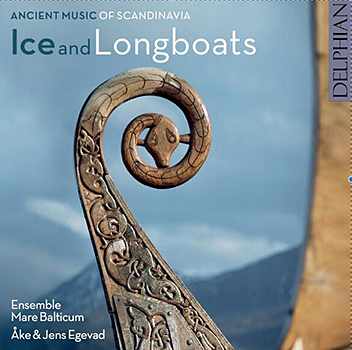 Also completed is Ice and Longboats, which recreates ancient Scandinavian music and includes bone flutes and a Bronze Age horn called the Lur. Featured artists are Åke Egevad,a Swedish musician and instrument-builder, his son Jens, plus the vocal group Ensemble Mare Balticum, Sweden’s leading early music ensemble.
Also completed is Ice and Longboats, which recreates ancient Scandinavian music and includes bone flutes and a Bronze Age horn called the Lur. Featured artists are Åke Egevad,a Swedish musician and instrument-builder, his son Jens, plus the vocal group Ensemble Mare Balticum, Sweden’s leading early music ensemble.
Ice and Longboats was recorded in a church in southern Sweden by Dr Till and Paul Baxter, founder of Delphian records. Then it was back to the University of Huddersfield for the fourth EMAP recording, titled Cave Songs. This features recreations of Palaeolithic bone flutes – including a replica of a 42,000-year-old example that is the world’s oldest known instrument – played by Anna Friederike Potengowski – accompanied by Georg Wagner on a range of percussion that includes the sound of stones dropping in water.
Although Cave Songs was made at the University’s studios, Dr Till simulated the actual reverberation of the caves in France and Germany where the original bone flutes were found.
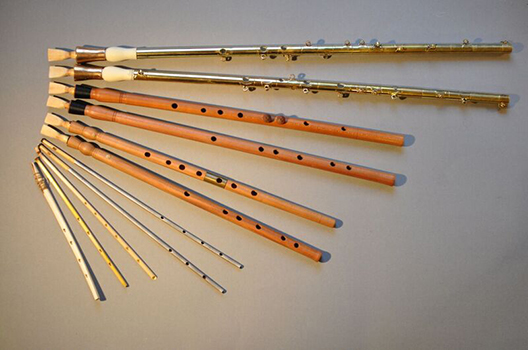 “I recorded the acoustics of the caves and applied that to the recordings. It makes a huge difference,” he said.
“I recorded the acoustics of the caves and applied that to the recordings. It makes a huge difference,” he said.
The final recording in the sequence will consist of music and instruments of ancient Rome and Greece. Also to be made at the University of Huddersfield, it will feature Stefan Hagel – of the Austrian Academy of Sciences – playing a reed pipe known as the aulosor tibia. There will also be stringed instruments from the ancient world and a recreation of water-powered organ known to have been heard in the Roman Arena.
High-quality photographs for Dragon Voices and the subsequent CDs have been provided by University of Huddersfield lecturer David Lake. They includes a stunning image of the carnyx that is used as the emblem for the EMAP exhibition in Ystad.







